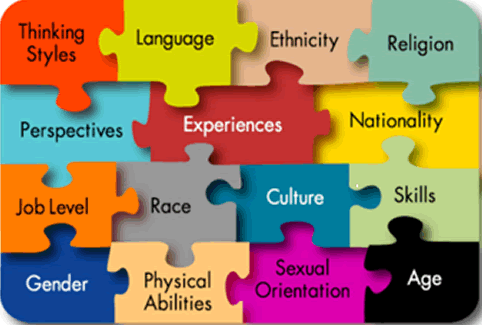
Interestingly, more and more companies concern about the diversity in their workplaces, especially male and female ratio in technology companies. Diversity in the workplace is as important as sales and revenue growth. It creates the sustainability of a business. It brings more creative ideas to solve different problems of the business within healthy working environments.
My friend has shared a useful video of how to use data to promote workplace diversity in TechRepublic. According to Ms. Jessica Parisi, President & CEO of BTS USA, one of the most critical issues is that who owns the data and their willingness to do the shifting. It is not HR’s initiatives, but it relies on the business leaders.
Metrics and KPIs are used to direct the shift of the diverse culture in a workplace used as goals. They are also used to measure the process mentioned in the interview.
Suggested metrics and KPIs
- The mixed of the diverse profiles that the company is striving for
- Supportive data for current succession and the reality
- How quickly the successful candidates are involved and put into the role, not just being recognized as potentials
Additionally, the essential step of this methodology is to make sure diverse applicants can go through the recruiting process without bias. The CEO emphasized that the most critical issue of the selection process is to eliminate the similarity bias. To do so, the recruiters should create experiences for candidates to practice the role. For example, using simulation, and articulately observe what makes the candidates tremendous and successful in that role.
Companies’ policies highlight the diversity and equality in recruitment, but in reality, we still see and experience the lack of gender and nationality diversity exists. Thus, company leaders need to more proactive in initiating the action. It will promote a healthy working environment for employees and bring social impacts.
